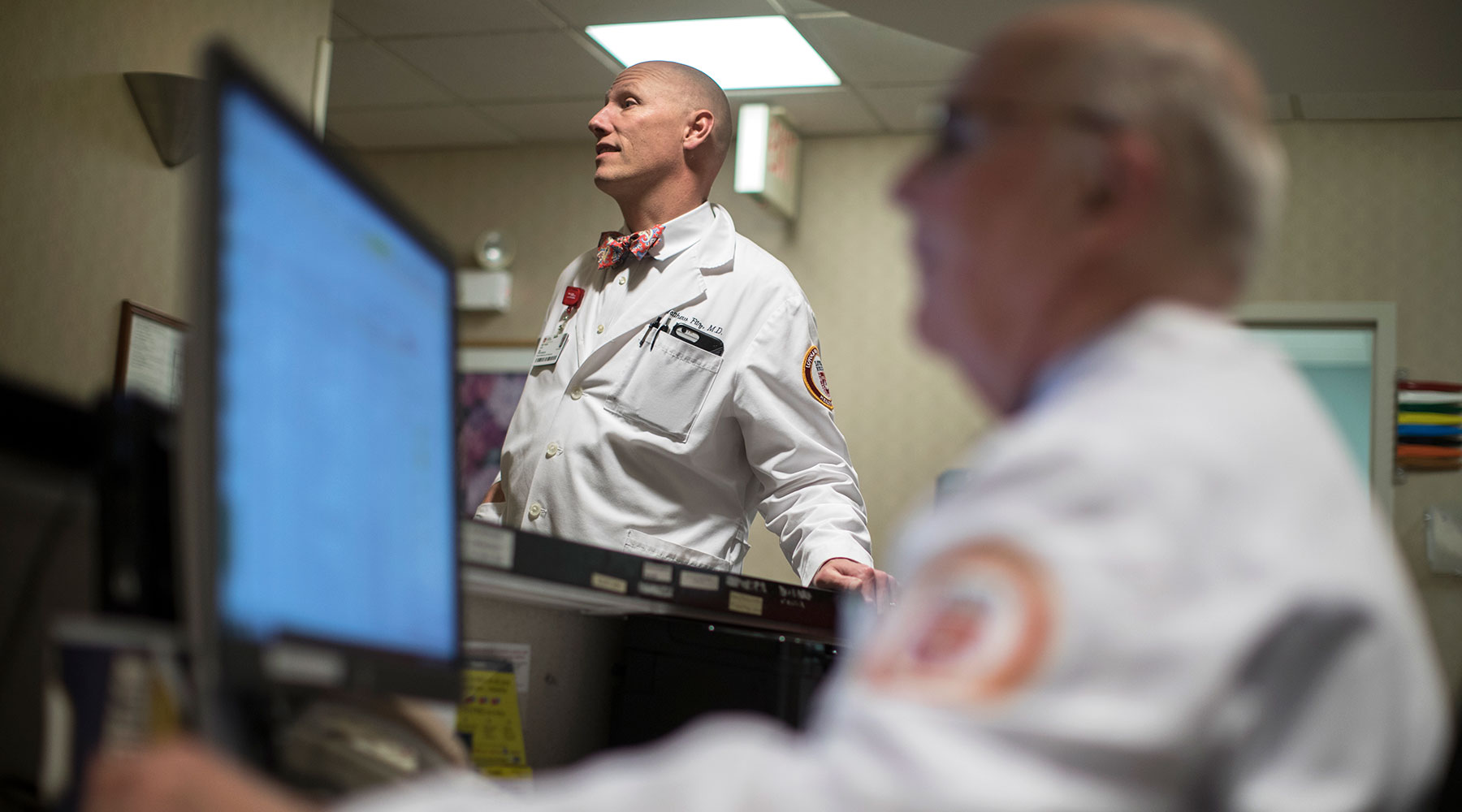Clinical Care
Easing access to medical care in Maywood
Down the street from the Stritch School of Medicine and Loyola University Medical Center, a small clinic bustles with patients who usually have no easy way to get basic medical care.
Uninsured and particularly underinsured people have trouble finding places to provide physicals and fundamental prevention screenings, and bloodwork at an affordable cost. Having a clinic to cater to these patients near the Loyola Health Sciences Campus was integral to the mission of the medical school and hospital.
The clinic’s origins began in a former car dealership storefront more than 35 years ago. It started out as an office for the Cook County Department of Public Health. Paul O’Keefe, MD, former chair of the department of medicine, helped turn it into a clinic for the underserved, where Loyola physicians volunteered their time at night and pharmaceutical companies provided free medication samples. As the clinic grew larger, it eventually merged with Access to Care and now provides both primary and specialty care.
Access to Care is a nonprofit organization that consists of a network of primary care providers who provide care for uninsured, underinsured, and undocumented people. The Loyola outpost of Access to Care is run by Matthew Fitz, MD, professor of internal medicine and pediatrics and internal medicine clerkship director at Stritch.




